American husband-and-wife team Charles and Ray Eames are world renowned for their hugely influential modern designs across media—furniture, architecture, graphics, and products—all characterized by a playful, clean aesthetic, which has proved highly accessible and enduring. Their work can be seen to parallel the evolution of postwar American design, from the rise of the West Coast to the global proliferation of American culture.
Charles Eames was born in 1907 in St. Louis, Missouri. He studied architecture at Washington University before being asked to leave for demanding more focus on modern designers such as Frank Lloyd Wright. In 1936, he accepted a fellowship to the Cranbrook Academy of Art, Michigan, where he became head of the new design department. There, he collaborated with Eero Saarinen on the wooden furniture that won the Museum of Modern Art’s competition for Organic Design in Home Furnishings in 1940. The series included experimental molded plywood chairs.
Ray (née Kaiser) was born in 1912 in Sacramento, California. She spent her formative years in New York, studying with painter Hans Hofmann. Along with other of Hofmann’s students, she was a founding member of the American Abstract Artists, an organization that picketed galleries who refused to show non-representational art, and which contributed to the spread of Abstract Expressionism.
The two met at Cranbrook, married in 1941, and moved to Los Angeles, where they collaborated on mass-produced, low-cost furniture designs. During the war, they earned a contract with the US Navy to develop molded plywood leg splints for injured servicemen. Their ongoing work in domestic furniture was bolstered by access to the military’s resources, and, on establishing an office in Santa Monica, led to great successes with molded plywood. The first plywood piece, the iconic ECW (Eames Chair Wood) model, was initially produced in 1946 by Evans, and is still in production today. Charles and Ray Eames designed prefab architecture to meet the postwar housing demand, and, in 1949, designed their own California home as part of the Case Study House Program sponsored by Arts & Architecture Magazine. They continued to experiment throughout their career, with materials—expanding to furniture in fiberglass, plastics, and metals—and on a spectrum of projects, ranging from toy design to photography and film.
Nearly every design developed by the Eames Office has become beloved and collectible. Standout pieces include La Chaise, developed for MoMA’s International Competition for Low-Cost Furniture Design (1948); Molded Fiberglass Chairs (1950); Eames Storage Unit (1950-52); Lounge Chair & Ottoman (1956); and Aluminum Group Office Chairs (1958), with pieces manufactured by both Herman Miller in the US and Vitra in Europe. The Eameses received many honors in their lifetime and after: the Organic Furniture Competition, Museum of Modern Art (1940); Emmy Award in Graphics for The Fabulous Fifties (1960); Kaufmann International Design Award (1961); 25 Year American Institute of Architects Award (1977); Eliot Norton Chair of Poetry, Harvard (1971); Queen's Gold Medal for Architecture (1979); “Most Influential Designer of the 20th Century” by WORLDESIGN (1985); Industrial Designers Society of America (1985); and The Work of Charles and Ray Eames: A Legacy of Invention, Traveling Exhibition by the Library of Congress (1999).
Charles passed away in 1978; Ray passed away exactly a decade later, to the day.


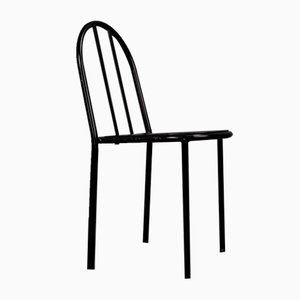
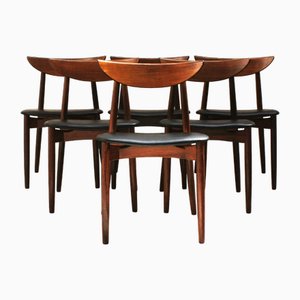
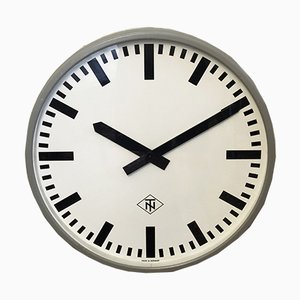
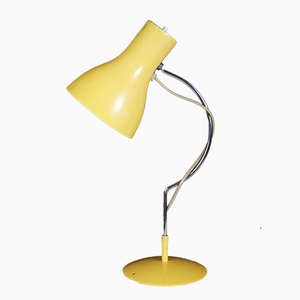
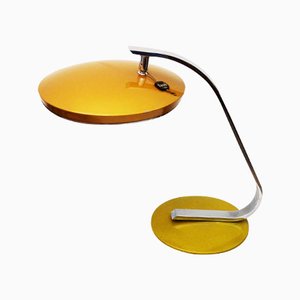

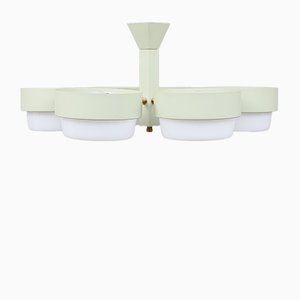
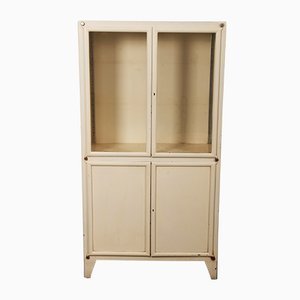

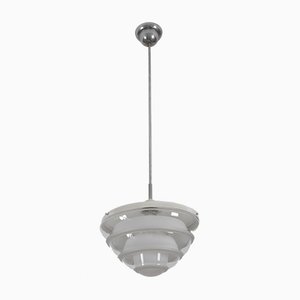
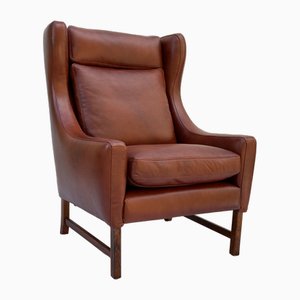
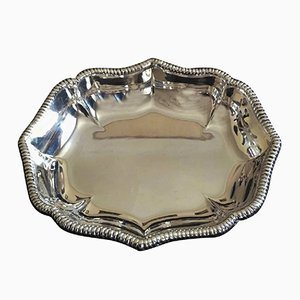
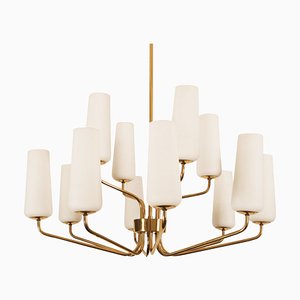


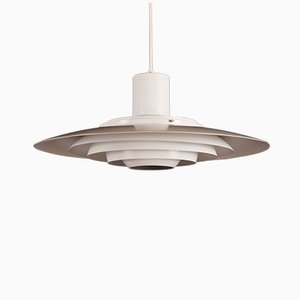
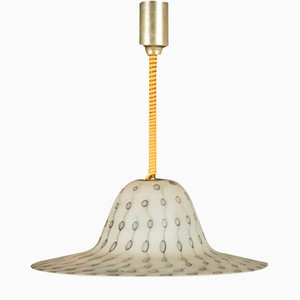
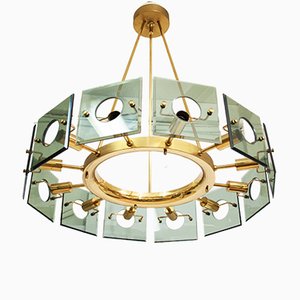
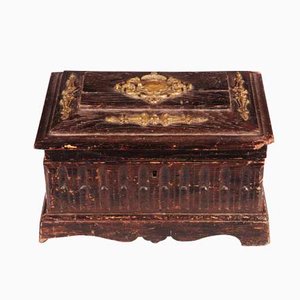
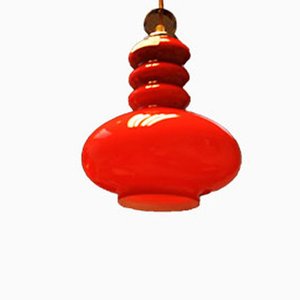
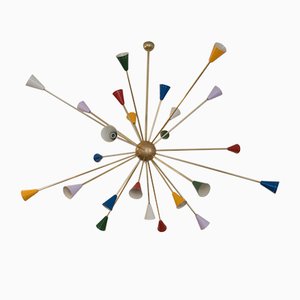
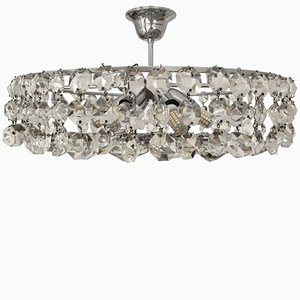
Get in Touch
Make An Offer
We noticed you are new to Pamono!
Please accept the Terms & Conditions and Privacy Policy
Get in Touch
Make An Offer
Almost There!
To follow your conversation on the platform, please complete the registration. To proceed with your offer on the platform, please complete the registration.Successful
Thanks for your inquiry, someone from our team will be in touch shortly
If you are a Design Professional, please apply here to get the benefits of the Pamono Trade Program